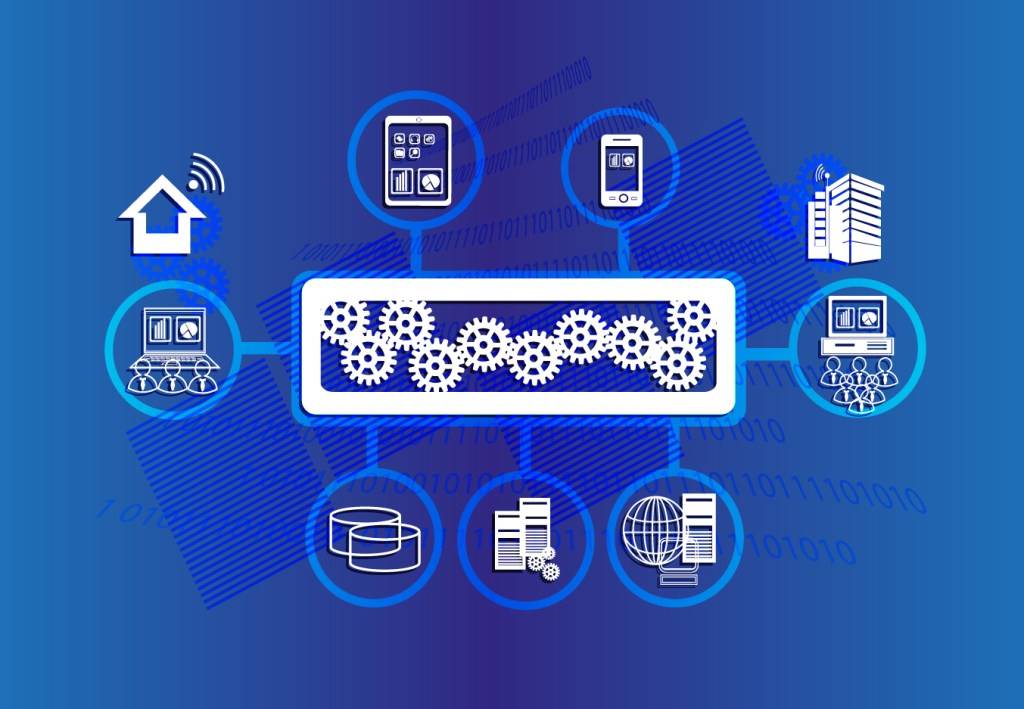 With the ever-increasing complexity of building systems and the expansion of the Internet of Things, a critical level of focus on the interoperability between these systems is crucial to the commissioning process of new construction and renovation projects. Design considerations need to take into account the interactive effects between the building automation, fire alarm, security and energy management systems, as well as Internet Protocol or WiFi-enabled devices such as appliances, plug load controllers and camera-based, occupant-density sensors. The additional networking resources required to capitalize on the capabilities of these systems may not be fully understood during the pre-design phase, so a meeting about controls integration and interoperability should occur early in the design phase and during the contractor’s submittal phase.
With the ever-increasing complexity of building systems and the expansion of the Internet of Things, a critical level of focus on the interoperability between these systems is crucial to the commissioning process of new construction and renovation projects. Design considerations need to take into account the interactive effects between the building automation, fire alarm, security and energy management systems, as well as Internet Protocol or WiFi-enabled devices such as appliances, plug load controllers and camera-based, occupant-density sensors. The additional networking resources required to capitalize on the capabilities of these systems may not be fully understood during the pre-design phase, so a meeting about controls integration and interoperability should occur early in the design phase and during the contractor’s submittal phase.
As Internet security and data protection are paramount to any organization, the connectivity requirements and firewall security measures need to be fully understood by the building owners and their technology management staff as well as the system programmers. Security vulnerabilities and bandwidth considerations of network resources are key parameters to define early in the design development process, as well as the communications protocols that each of the system vendors use to communicate between their systems and the interaction with the other system providers — not just at the individual building level, but across the owner’s portfolio of properties.
Additional considerations that need to be taken into account are the product development timelines and the life cycle of the “generation” of hardware and software components proposed for the design. Nothing is “future proof,” but being aware of where the proposed products are in their planned phase in and phase out periods could alter the selection of the systems. All too often, a system is installed near the end of its product life cycle and quickly becomes out of date or obsolete, requiring a potentially costly upgrade shortly after the building comes online. Further consideration should be paid to the deployment of cloud-based, fault-detection and diagnostics platforms, designed to take advantage of the data available within the building controls environment to allow for real-time measurement and verification of the building assets’ performance.
For more information, please contact Nate Boyd at nboyd@hanson-inc.com.